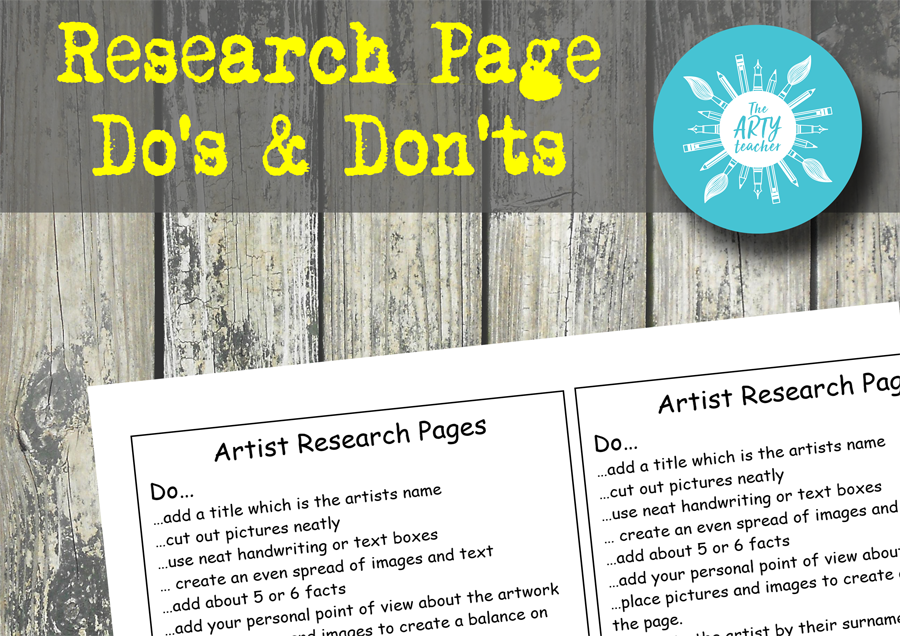
How to Become a Product Designer
What is a Product Designer?
A product designer creates practical and appealing items by considering how they look, how they’re used, and how they can be made efficiently.
What Skills does a Product Designer need?
To become a product designer, you should be imaginative, have problem-solving skills, and enjoy drawing and creating things. You’ll design cool and useful products that people will love to use in their everyday lives.
What Qualification does a Product Designer Need?
A product designer usually has a degree in industrial design or product design. They will be good at design software, such as AutoCAD or SolidWorks. The software is needed to design the products. Excellent sketching and communication skills are needed for this job. Practical experience gained through work experience is helpful. Continuous learning through workshops and staying up to date on design trends is important. Most product designers will have a portfolio showing their ideas.
Different Types of Product Design
There are different types of product designers, each specialising in specific areas or aspects of the design process. Some common types include:
- Industrial Product Designer: Focuses on designing mass-produced consumer products like electronics, appliances, or furniture.
- Consumer Product Designer: Specialises in creating products for individual consumers, often with an emphasis on aesthetics and usability.
- Automotive Designers: (Also known as Automotive Stylists) Design vehicles and automotive components, considering both aesthetics and functionality.
- Medical Product Designer: Focuses on designing medical devices and equipment, often with an emphasis on user safety and regulatory compliance.
- Packaging Designer: Specialises in creating the packaging for products, considering both functional and aesthetic aspects.
- Toy and Game Designer: Designs toys, games, and recreational products for various age groups, considering safety and entertainment value.
- Footwear Designer: Specialises in designing shoes, considering both style and comfort.
- UI/UX Designer: Focuses on designing the user interface (UI) and user experience (UX) of digital products, such as websites and applications.
- Sustainable Product Designer: Designs products with a focus on environmental sustainability, considering materials, manufacturing processes, and end-of-life disposal.
- Aerospace Product Designer: Works on designing products related to the aerospace industry, including aircraft interiors or components.
- Smart Product Designer: Specialises in designing products with embedded technology or smart features, such as IoT devices.
This is a huge range of highly paid jobs where creativity is essential!
What Can You do to Build a CV to become an Product Designer?
If you want to become a product designer, there are many things you can do to build a CV whilst still at school:
- Take Art and Design Courses: Opt for subjects such as art, design, and technology.
- Participate in Design Competitions: Enter design competitions to showcase creativity and problem-solving skills. This will look great on your CV!
- Build a Portfolio: Create a portfolio showcasing various design projects, emphasising the design process and problem-solving abilities.
- Learn Computer Software: Learn software such as AutoCAD, SolidWorks, or other industry-standard tools commonly used by product designers. Ask your teachers what is available at school.
- Internships or Apprenticeships: Seek internships or apprenticeships with design firms, manufacturers, or companies related to product design to gain practical experience.
- Extracurricular Activities: Participate in relevant extracurricular activities, such as design clubs or workshops, to demonstrate passion and commitment to the field.
- Networking: Attend design events, workshops, or conferences to network with professionals in the industry, gaining insights and potential opportunities.
- Soft Skills Development: Develop soft skills such as communication, collaboration, and problem-solving, which are crucial in the design field.
- Research Industry Trends: Stay informed about current design trends, emerging technologies, and innovations within the product design industry.
- Showcase DIY Projects: If applicable, showcase any do-it-yourself (DIY) projects or personal design initiatives that highlight creativity and hands-on skills.
- Explore Specialisations: Research the different areas of product design listed above to what you are interested in.
- Seek Mentorship: Can your school connect you with someone who is a product designer who could offer guidance?
Learn more about Art Careers.
Popular Art Lessons
If you have enjoyed this article about ‘How to Become a Product Designer’, why not register to receive my newsletter and hear about future articles? You’ll be able to download 3 of my free art lessons every month too.








